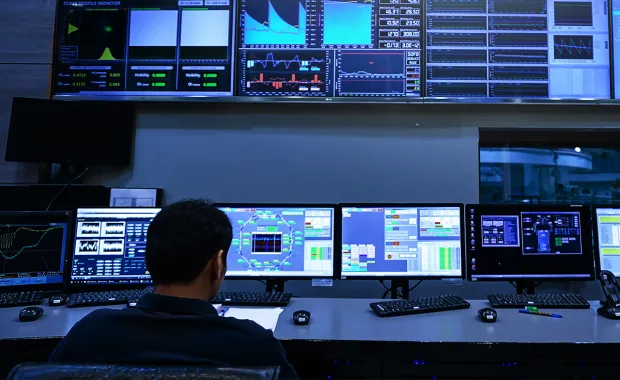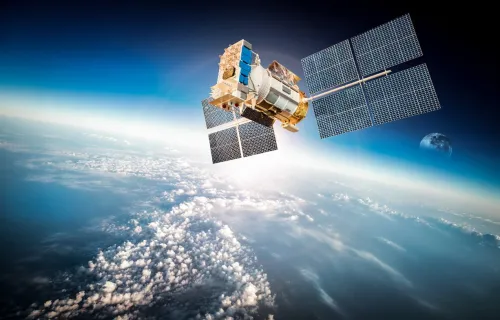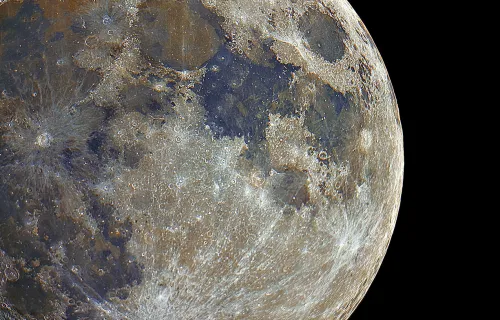In-Orbit Servicing holds the key to the future of satellite development, extending the lifespan of valuable satellites through refuelling, repair or orbit correction.
Satellites today are critical to our understanding of our planet and the wider solar system — and now, life without them would involve huge technological steps backwards. Their birds-eye perspective on the world means they can collect more data, more quickly, than any instruments on the ground, delivering a clearer, wider view than any Earth-based technology. From monitoring the ocean and the wind currents, to locating valuable natural resources and supplying communications around the globe, satellites are integral to many important services relied upon by a broad range of industries.
Unfortunately, however, like any other piece of engineering, these transformational satellites can run into issues and require maintenance during their lifespan. As these are valuable assets, it makes sense to develop ways to service satellites while they’re in-orbit, rather than go to the expense of sending up a replacement.
What is In-Orbit Servicing?
In-Orbit Servicing (IOS) is a developing technology to extend the life of satellites in-orbit by using a second spacecraft to deliver services or material that will extend the operational life of the serviced satellite. The concept itself isn’t new; the primary purpose of five Space Shuttle missions between 1993 and 2009 was to replace components and make enhancements to the Hubble Space Telescope. Those missions, however, involved astronaut input, and IOS will rely on robotic servicing.
Using this as a launch point, the ambition of today’s IOS developers is stratospheric. Eventually, they expect to be able to transport satellites, space infrastructures and supplies. Their intention is that IOS craft will be able to assemble spacecraft and infrastructures in-orbit, even manufacturing parts they need by recycling old spacecraft or debris.
Where is IOS progress today?
That vision remains a little way off. IOS development at the moment is focused on developing a fleet of reusable servicer spacecraft to undertake multiple missions across their lifetimes. These spacecraft will carry out a range of support functions. In the event of propellant or component failures, the IOS craft will take over attitude control, or will carry out component repairs / replacements. IOS craft will also provide in-flight refuelling to satellites, as well as performing the re-inclination manoeuvres GEO satellites need from time to time. Plus, an IOS craft will be able to shift a satellite’s position, or direct it to a graveyard orbit when it reaches end of life.
We are part of the European Space Agency’s IOS programme
Currently, our experts are working with D-Orbit as part of the European Space Agency’s In Orbit?? Servicing Mission Maturation Phase to service multiple GEO satellites. D-Orbit is a specialist provider of satellite delivery, orbital transportation, space logistics, space waste management and mission control as a service, and they wanted our specialist input to the mission analysis and planning, and space cybersecurity arenas.
Key parts of our in-depth analysis services involve calculating the thrust transits required from Geosynchronous Transfer Orbit (GTO) to Geosynchronous Equatorial Orbit (GEO) for IOS craft, with a variety of launcher options. We’re also carrying out analysis and modelling of proximity operations for when the IOS servicer craft connects to the destination satellite. Plus, we’re running space debris and radiation exposure analyses, alongside ongoing budget modelling that updates as the mission design evolves.
From a cybersecurity point of view, our experts provided an initial security analysis for the mission. This included: a security plan, a cybersecurity analysis workshop for the wider D-Orbit team, the identification and description of mission assets, the development of a threat model, and a cyber risk assessment for the mission, together with associated controls and mitigations.
Find out more about how we’re supporting the advance of space technology






